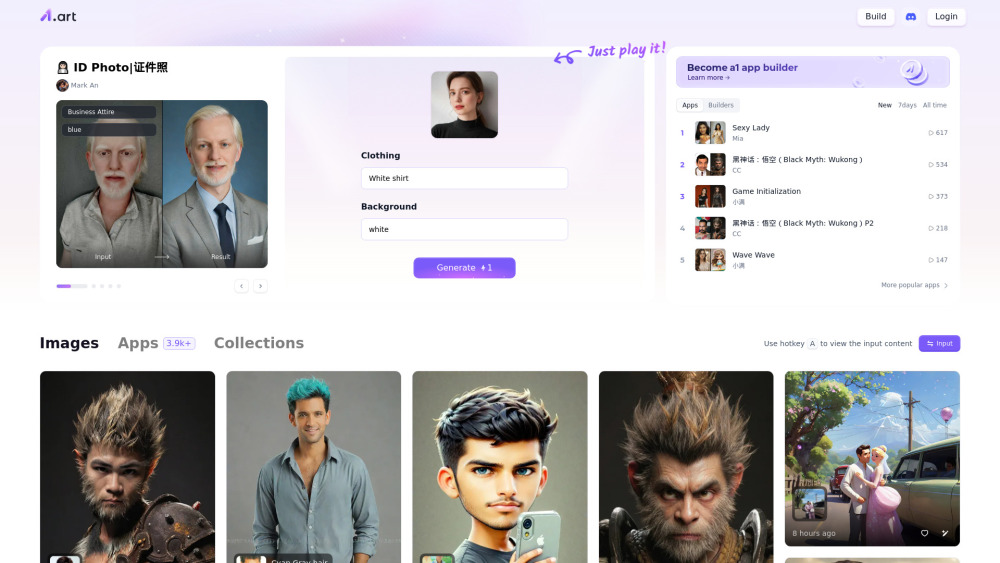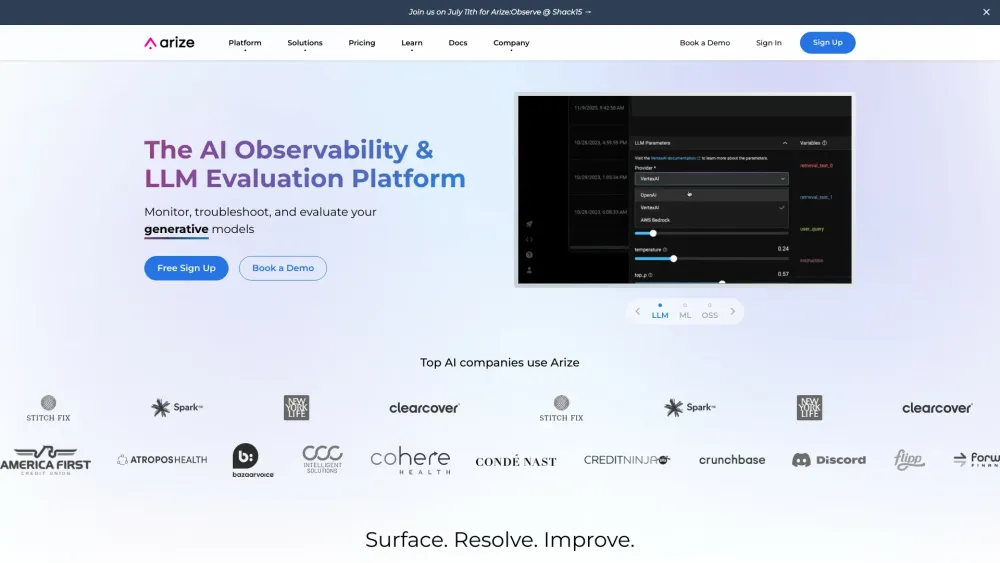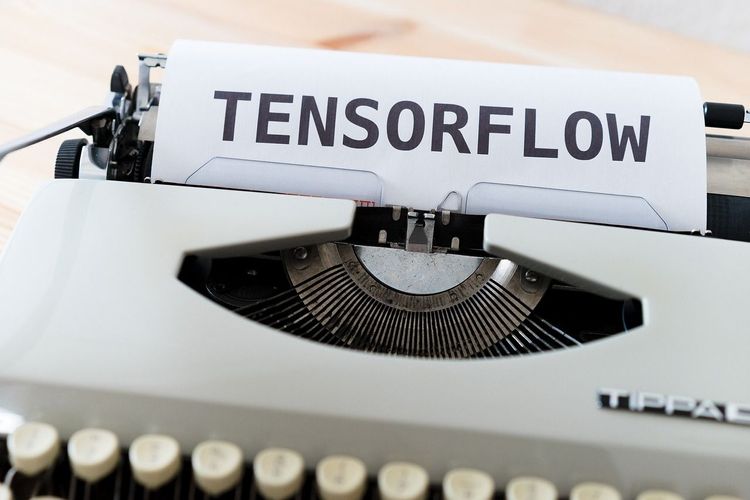Tandem Drifting Toyotas: Exploring How AI Can Assist Drivers on Slippery Roads
Most people like
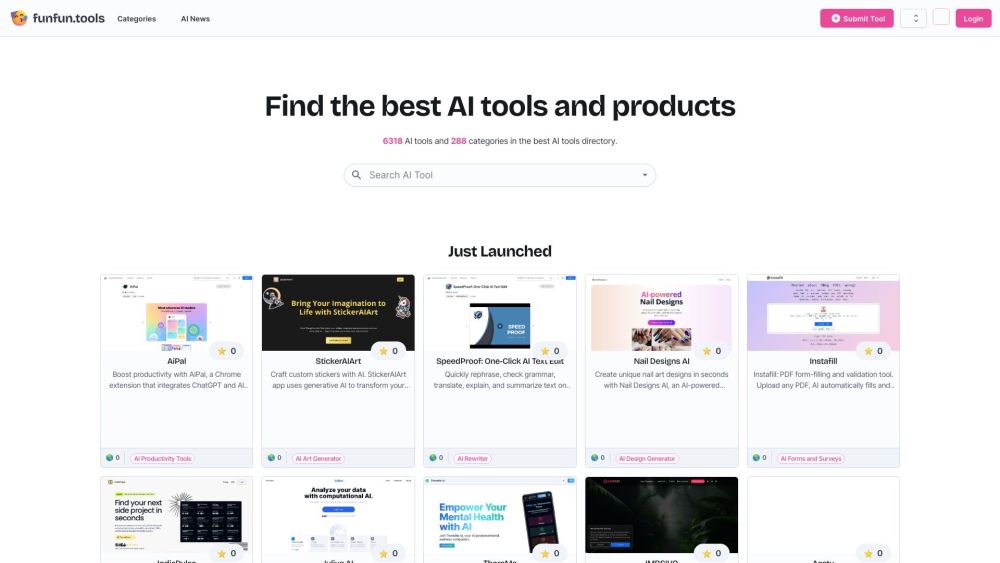
Explore the best AI tools available today! Unlock the potential of artificial intelligence by leveraging cutting-edge technology to enhance your projects. Whether you're a business owner, a developer, or an enthusiast, this curated list will guide you through the most effective AI solutions to streamline your workflow and boost productivity. Dive in to find the perfect tool for your needs!
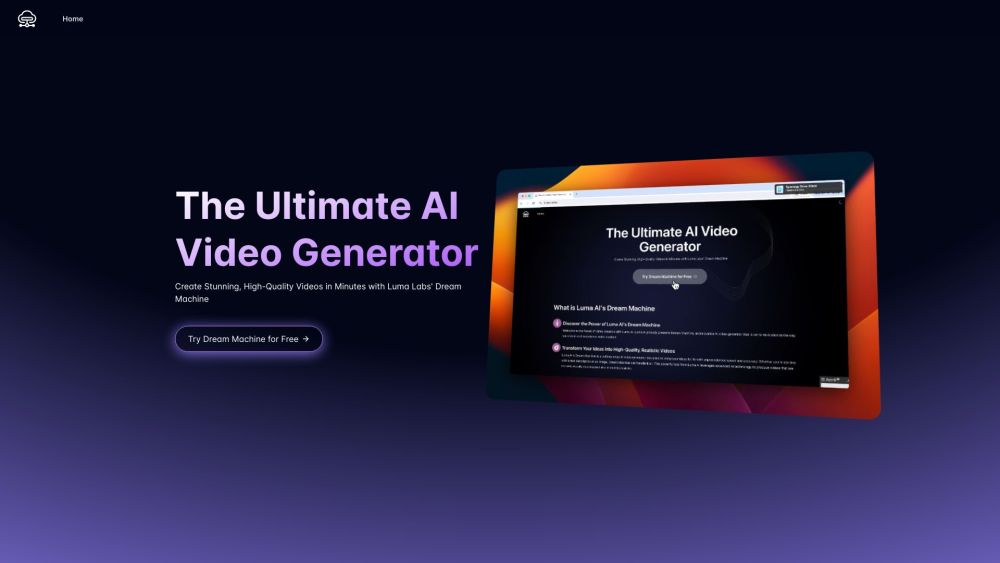
Transform your video content with an AI video generator designed to produce stunning, high-quality videos effortlessly. Whether you're a business seeking to enhance your marketing materials or a content creator aiming to captivate your audience, our advanced AI technology simplifies video production. Discover how you can elevate your storytelling and engage viewers like never before with our innovative video generation tool.
Find AI tools in YBX

